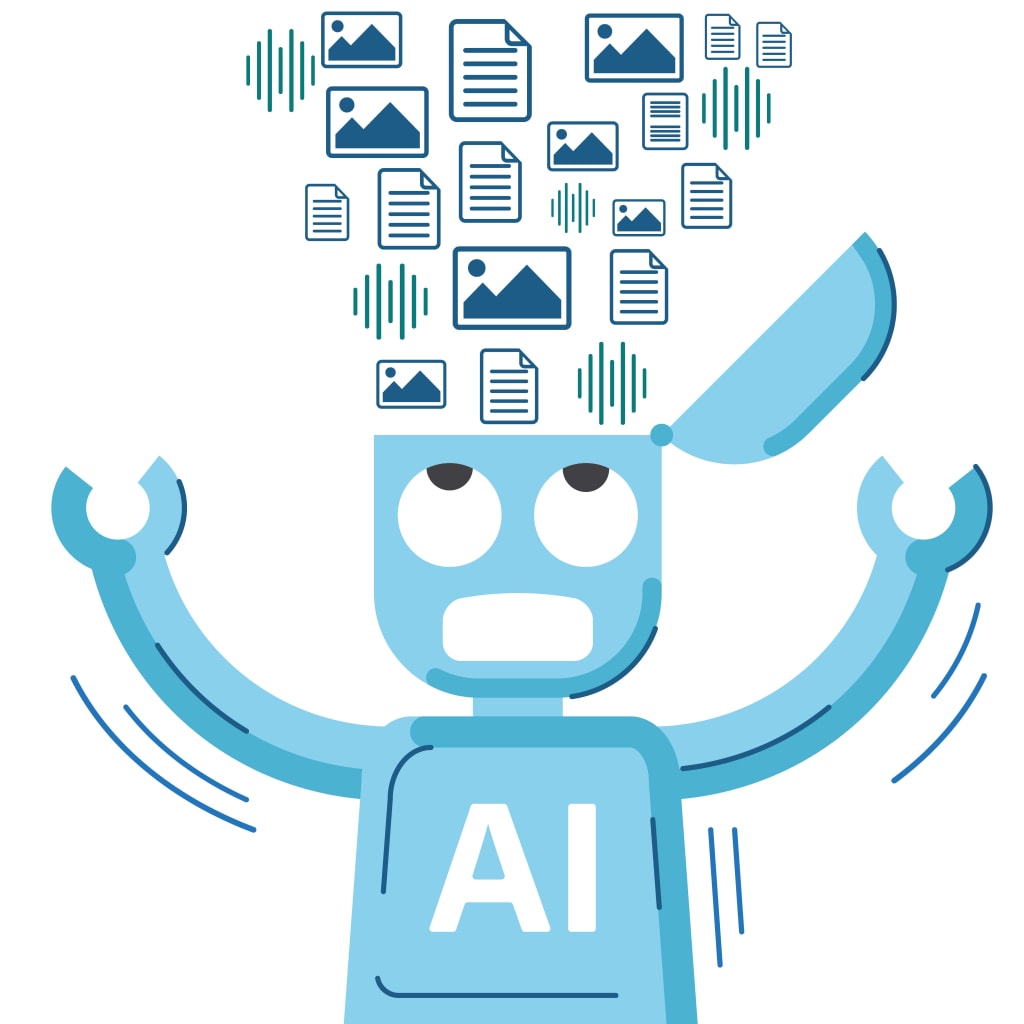Content warning
This story may contain sensitive material or discuss topics that some readers may find distressing. Reader discretion is advised. The views and opinions expressed in this story are those of the author and do not necessarily reflect the official policy or position of Vocal.
Why you should be careful when using AI content directly
Unveiling the Mystery: Why Google Shies Away from AI-Generated Content

Unveiling the Mystery: The Struggle of Google to avoid AI created content
The increasing struggle is clear in the world of making content between the performance of artificial intelligence (AI) versus the want for contact with humans. It seems like Google, the search giant goes for the human touch instead of relying on AI alone which produces monotonous content. To this extent, in this exploration, we explore the rationale behind Google’s preferences and analyze the monotony of AI-produced content that the reader longs for an invigorating experience.
- The Human Element in Content:
The fine-tuned nature of Google’s algorithm makes it capable of detecting any aspect of authenticity within the content. Whereas AI may quickly generate information but oftentimes does not have the delicate touch that connects and reverberates in people’s souls.k
*Example: Google realizes the importance of a human sense of appeal when creating relatable and engaging content for consumers accessing their search outcomes
2. The Bane of Predictable Structures:
AI-written content typically has a structured manner, sticking with the set formulas for it. Such predictability may result in a dull readership where people will face unrealistic information that would originally be generated by humans.
*Example: According to Google, it wants content that is different from what is expected to provide an interactive experience to users.
3. Authenticity Over Automation:
The essence of AI content is not something for which Google’s algorithm would give preference. Its inability to reflect originality undoes it on such premise in the absence of a true voice. Authenticity builds a connection that outweighs the automatic nature of machine-generated materials.
*Example: User expectation in terms of content is felt as genuine for a search engine ranking.
4. Engagement as the Litmus Test:
A critical measurement that Google’s algorithms use to rank content is the level of user engagement. Although AI can present information effectively, it might not evoke as much engagement in readers as human-crafted content does so effortlessly.
*Example: A human touch usually invites much engagement, commentation, and sharings between users hence showing Google that users like this kind of content.
5. Steering Clear of Repetition:
However, the content generated by AI algorithms is usually repetitive involving redundant sentences and structures. Google makes effort to provide engaging and varied content to its clients thereby making it unnecessary to overreliance on purely AI-driven procedures which can lead to repetitiveness.
*Example: Google provides incentives for bringing new ideas into play without repeating things in an orderly way.
6. Navigating the Nuances:
In this regard, human-generated content is more suited for capturing hidden elements like humor, cultural references, or subtle points that the machine may miss out on. This enhances the readers’ experience due to the subtle elements that make up the story even better.
*Example: google appreciates culturally relevant content with which the readers identify.
7. Striking the Right Balance:
Even though AI does have some impact on content development, Google stresses the need to achieve a certain level of equilibrium. This spurs the content generators to enrich or complement their semi-automated activities to make the output more interactive and personalized.
These steps are to prevent the search engine from noticing content written in artificial intelligence. This is also necessary to make the reader continue reading the content because artificial intelligence content follows a boring, robotic writing structure. If you do not want to rephrase the content yourself, several tools do it automatically, you can check this.
In essence, humanizing AI-generated content requires a deliberate and manual approach. By applying these tips, you can transform robotic content into a compelling, authentic narrative that resonates with your audience and aligns seamlessly with Google's preference for the human touch. Remember, the goal is not just to convey information but to establish a genuine connection that transcends the limitations of automated processes.
About the Creator
Enjoyed the story? Support the Creator.
Subscribe for free to receive all their stories in your feed. You could also pledge your support or give them a one-off tip, letting them know you appreciate their work.






Comments
Hafid Ait Boutaal is not accepting comments at the moment
Want to show your support? Send them a one-off tip.